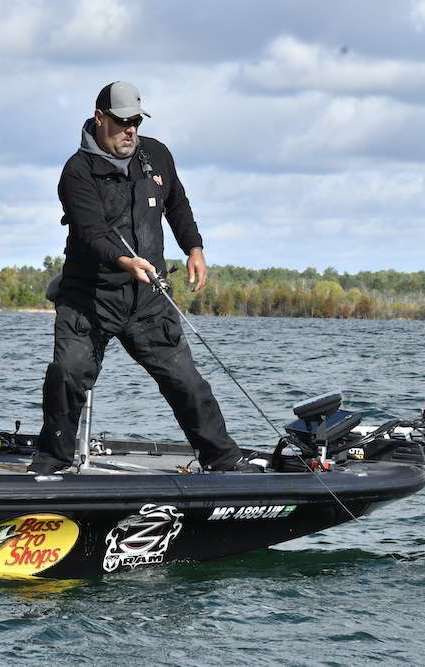
My experience with covering Bassmaster tournaments on the same lakes for decades has enabled me to predict which areas of the lake will produce, the dominant technique that will be used and which guys will do well.
Except for during fall events.
All of that experience goes out the window this time of year, and it was never more evident than the recent run of Elite events on Guntersville, Santee Cooper and Chickamauga lakes during October.
I phoned the best local anglers at those lakes before each of the events to find out what was going on. And while they were right about how things would play out, they were not right about where and how the derby would be won.
Guntersville was decent all over the lake, but the area where it was won was the least likely to produce.
On Santee, 99% of the field fished Lake Marion, only about three fished Moultrie and about 50% of the water wasn’t touched.
That’s just plain bizarre.
The Chick was similar to Guntersville in that the entire body of water was in play and the only one in which the winning pattern – frog fishing – was predictable.
Yet at Guntersville, no one thought someone would run upriver and win with a bladed jig, or Santee would be won by a guy punching mats, plinking a drop shot or working a jerkbait.
The lesson here is this is what fall fishing is about; almost all techniques work a little but there’s always one primary tactic that works better than everything else.
During spring and summer events, there are usually only two or three techniques or patterns that are going to put most of the fish in the livewell.
That isn’t the case in fall tournaments.
While watching the Bassmaster LIVE feed, I saw guys fishing docks, fishing grass, flipping, frogging and working jigs on bluff banks. And they all were catching fish.
That’s what made these tournaments so fun to cover. There were a diversity of techniques, diversity of areas that produced, and most of all, it was impossible to predict a winner heading into the last day.
Another thing you could learn from watching LIVE is how the bass’ feeding windows were so narrow compared to earlier in the year. Whereas a spring or summer flurry might last 45 minutes to an hour, these fall bites only lasted 10 to 15 minutes.
In other words, you better be capitalizing when the bass are biting and not wasting time taking pictures for your Instagram account.
And remember – everything in the tacklebox will catch some fish during the fall. It really does. But you need to keep hunting for that one lure or technique that is the right technique that catches ‘em even better.





